Affordable living remains one of the top reasons to relocate to Costa Rica.
However, that is not the only reason.
Check out all the pros and cons of living in Costa Rica.
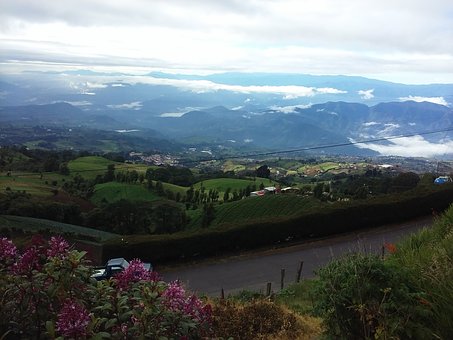
Contents
Pros of Living in Costa Rica
1. Affordable Healthcare
Costa Rica does not have free healthcare, but they have made it affordable.
It usually ranges from about $60-$250 USD per month, depending on age, gender, personal condition, and other factors.
Some of the costs may be covered by the country’s National Insurance Institute (INS).
INS insurance, by the way, covers about 80% of the cost.
Keep in mind, however, that the INS role has changed since 2008.
2. Cheap Flights
Depending on where you relocate from to live in Costa Rica, you can find cheap flights to and from a multitude of major cities.
This option is usually available to U.S. travelers, ex-pats, and individuals desiring to establish a residence in Costa Rica.
3. Local Business Opportunities
You may have the possibility of securing a place in Costa Rica if you invest in a local business.
Stocks, real estate, and commercial property (bars, restaurants, farms, etc.) are some of your options.
4. Retiree Immigration Program
If you are a retiree who has at least $1,000 USD of monthly income, you may qualify for temporary residency in Costa Rica.
Forms of monies that count include military pensions, work pensions, annuities, and securities.
If you meet the criteria, you can do this at any age.
5. Proximity to The United States
It is much closer than, for instance, trying to travel back and forth halfway across the world.
It is more feasible to make it home to the family during the holidays if you are originally from somewhere in the U.S.
It is especially possible for people living in southern states.
6. Drinkable Tap Water
Unlike in Mexico, you can drink tap water in most Costa Rican locations.
It is recommended, however, that you use bottled water whenever you can, especially in some remote, rural areas.
You do not have to worry if you do not have any bottled water though.
Most of the time you can drink it, but you should check out water quality reports of the areas where you plan to visit.
7. Plenty of Beaches
You’ll never run out of beach space to relax in Costa Rica.
Check out the Playa Conchal, Playa Manzanillo or Costa Ballena, for instance.
Activities in select spaces besides swimming include kayaking, viewing the palm rainforests, snorkeling, and whale watching.
If you are not sure where to start, research these seven beach spots.
8. Healthy Political Climate
Costa Rica is known for its longstanding democratically stable political environment.
The government also does its best to address indigenous discrimination, land disputes, and scandals.
In addition, they have a free electoral system that allows everyone (all adults) to vote.
8. Health Lifestyle Encouraged
Costa Rica sets precedence for healthy lifestyle choices.
For instance, they eat a healthy breakfast, which usually consists of rice and beans, a basket of tortillas, and coffee.
They also get plenty of exercise and eat an abundant supply of fruits and vegetables.
The average life expectancy of people from Costa Rica is about 90 years old, as opposed to the 71-72 years old expectancy in other places.
9. Diverse Wildlife
Because of the tropical forests and rainy seasons, it brings way more varieties of animals and plants than you would experience in other locations.
This area would suit you if you like to bird-watch, for example.
Costa Rica has six species of toucans, and one of the most colorful is the keel-billed toucan.
Other animals you might spot include the Ocelot (spotted wildcat), or perhaps you will notice some whales while you swim or snorkel.
One plant species that you might find fascinating is the Heliconia, which produces red, yellow, or orange flowers.
You might also enjoy the sight of the Guaria Morada, which is Costa Rica’s national plant.
It is an orchid that has purple pedals and a light-colored inner portion.
Cons of Living in Costa Rica
1. Undeveloped Roads
Many of the roads in Costa Rica do not have signs, lights, or guardrails.
They also may not have safety signs, such as ones that tell you where animals or pedestrians would cross.
Many of the roads are not paved, and the low, 40-mile-an-hour speed limit sometimes causes congested traffic.
(Highways only usually allow speeds of up to 55mph.)
Make sure you have GPS and a map when traveling by car and check ahead of time for road condition reports.
The roads to and from the international airports, however, are usually fine.
You have more of a problem when you enter areas off the main route, such as the path driven on the Arenal Volcano National Park Peninsula.
The best way there is probably from San Jose.
2. Dangerous Local Driving
Some of the local driving dangers occur because of the poor road conditions.
However, you also need to watch out because motorists will not always look out for you.
What’s more, they sometimes don’t yield to other traffic.
All in all, brace yourself, especially if you are a passenger.
It is ranked four out of 60 places as one of the fourth most dangerous places to drive.
3. Long Health and Government Wait Lines
Sometimes, you have to wait months to receive specialty care, such as surgery.
Waiting times for a general physical vary.
Make sure you schedule all appointments in advance if you want to receive a checkup or treatment before your problem worsens.
4. Rainy Season
In September and October, you might experience all-day rainfall in Costa Rica and 17 days of rain total on average during those months.
The average number of inches during this time is about 13-17 inches and 100 inches per year overall.
5. Slow Business Service (ex: Plumbers showing up late)
Costa Ricans do not seem to care as much about punctuality as people in America might.
For instance, you might have a plumbing accident right before a party.
However, your plumber might not show up until well after your guests have arrived – too late to avoid embarrassment to you and discomfort to your guests.
6. Slow Shipping
Possible causes of poor shipment systems in Costa Rica include customs cyber attacks, poor road conditions, and relaxed culture.
The country also does not seem to rely on national postal services like other places in the world do.
Even when not compromised, the customs situation can still be a hassle for people and businesses wanting to transport goods in and out of the country.
7. Earthquakes
More than 190 people since 1950 have lost their lives through activities directly involving earthquakes.
They have also caused tsunamis in the area.
They sometimes experience about 12 earthquakes per day in different locations, and they have had more than 10,000 per year.
Not all of them cause major damage though.
Still, take caution.
8. Slow Public Transportation
They do have plenty of ways to travel.
However, the quantity of them may not always provide the level of service that some ex-pats (foreign Costa Rica residents) hope for.
Bus routes are often long and uncomfortable, and you will only find a handful of existing commuter trains.
At least the buses provide enough routes for people to make it to most locations, and taxis are fairly inexpensive.
9. Extreme Heat On Some Days
Temperatures have reached as high as about 109°F (42.8°C), and this was in February.
It is not uncommon to experience scorching heat at 90-100 degrees for several days in a row.
Prepare yourself with hydration, sun protection, and cooling sources.
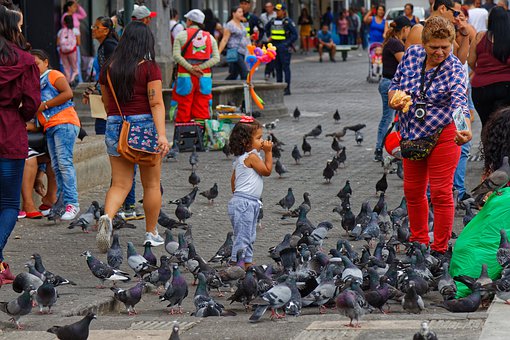
Pros and Cons of Living in Costa Rica – Summary Table
| Pros of Living in Costa Rica | Cons of Living in Costa Rica |
|---|---|
| 1. Affordable Healthcare | 1. Undeveloped Roads |
| 2. Cheap Flights | 2. Dangerous Local Driving |
| 3. Local Business Opportunities | 3. Long Health and Government Wait Lines |
| 4. Retiree Immigration Program | 4. Rainy Season |
| 5. Proximity to The United States | 5. Slow Business Service (ex: Plumbers showing up late) |
| 6. Drinkable Tap Water | 6. Slow Shipping |
| 7. Plenty of Beaches | 7. Earthquakes |
| 8. Healthy Political Climate | 8. Slow Public Transportation |
| 9. Diverse Wildlife | 9. Extreme Heat On Some Days |
Costa Rica Safety Overview
READ THE FULL REPORT: Costa Rica Safety Review
Safety Index: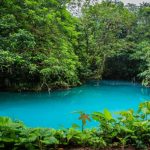
- OVERALL RISK: MEDIUM
- TRANSPORT & TAXIS RISK: MEDIUM
- PICKPOCKETS RISK: HIGH
- NATURAL DISASTERS RISK: MEDIUM
- MUGGING RISK: MEDIUM
- TERRORISM RISK: MEDIUM
- SCAMS RISK: HIGH
- WOMEN TRAVELERS RISK: MEDIUM
Frequently Asked Questions
When is the best time to be in Costa Rica?
If you want to spend your time there during the dry season, show up between January and Mid-April.
It may depend on your preferred location though.
In the northwest, you could show up as early as December the previous year and stay until April.
Otherwise, arrive in January in the Southwest.
Which areas of Costa Rica are warmer?
The Pacific coast is usually warmer than the Caribbean, and it gets about eight hours of sunshine per day in the summer.
The eastern coast seems to see more cloudy days and rain throughout the year than the rest.
When is the worst time to be in Costa Rica?
If you have to live there most of the time and cannot get away, you do not have a choice.
However, if you do, prepare yourself for the humidity and rain occurring between May and November.
Most of the rain, however, would happen in September and October.
You can sometimes receive discounts on accommodation during rainy times though.
Is Costa Rica a cheap place to live?
Accommodation prices will vary, depending on the season.
Sometimes, if you arrive during the cold and rainy seasons, it may not cost you as much for your temporary stay as if you were to come during dry seasons.
Of course, living there permanently could change things.
Plan accordingly, depending on whether you intend to relocate year-round or just live here part of the year.
Is Costa Rica safe?
You will experience crime in some of the bigger cities.
Places to avoid include San Jose parks at night and the “El Infiernillo,” sector (Santa Rita de Alajuela).
La Cieneguita in Limón City, Santa Rosa de Pocosol, San Carlos and Puntarenas City, Puntarenas are other places to stay away from unless you have to be there.
Watch out when you first arrive too.
There are plenty of theft occurrences near airports and bus or train stations.
The safest places to be – and you might want to consider settling in these locations – are Tamarindo, Puerto Viejo, and Drake Bay.
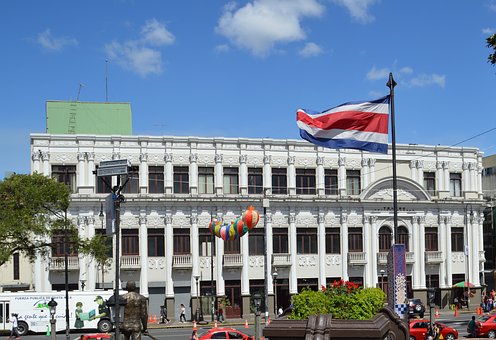
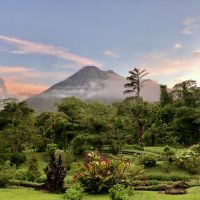
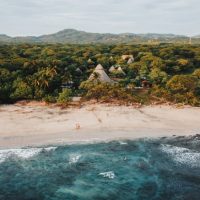
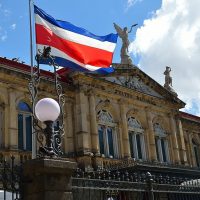
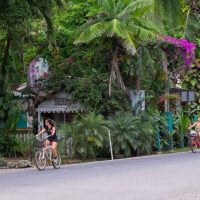
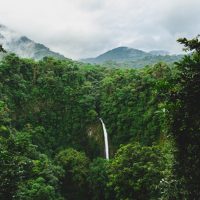






Yes there are no shortage of pros and cons.
The list could be longer, both categories.
My pro con question is…..
Pro and con over which residency.
Pensionado or rentista ?
Thank you
What bugs are there.
Can I use Medicare there?
How to obtain driver’s license
I have American license
Poison mosquitos mostly
Medicare is a US healthcare system. I highly doubt Costa Rica has it.
As an American- wanting to move there, can I transfer work “Nursing Home Administrator” to Costa Rica? How does someone go about this?